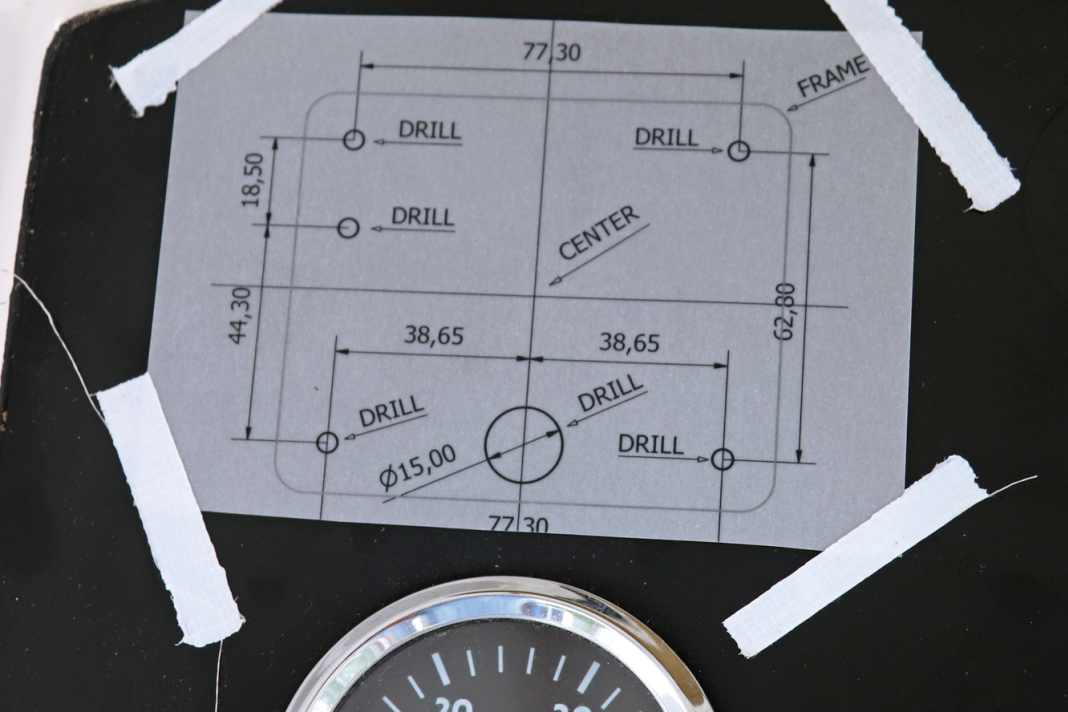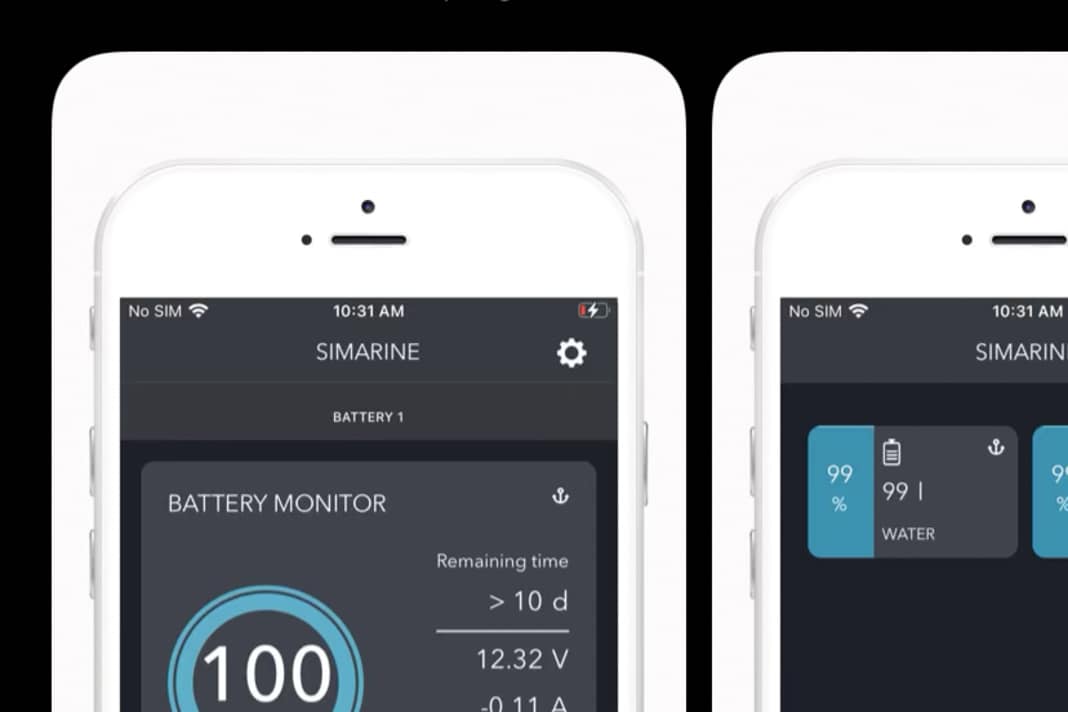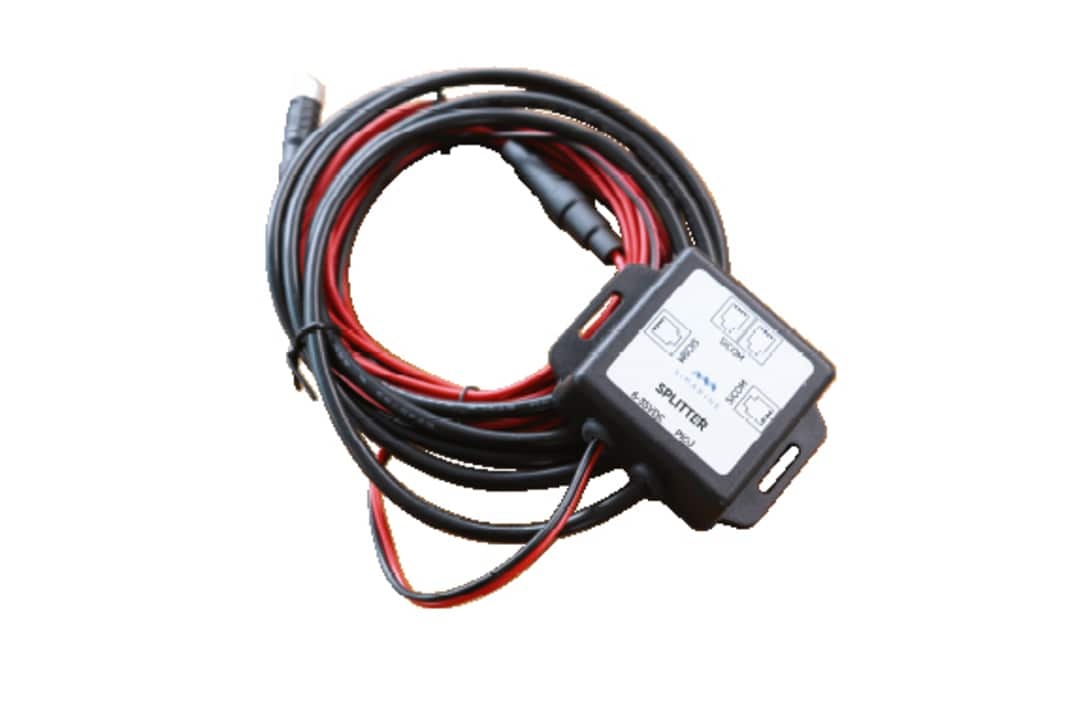Workshop: Everything in view - retrofitting a new battery and tank monitor
Johannes Erdmann
· 09.03.2023

While car manufacturers continue to outdo each other with completely digital and large-format displays or even project the driving and status information of the car onto the windscreen, development in the water sports sector seems to have come to a standstill at some point. Especially when it comes to displays for batteries and tanks: the standard equipment of a new boat often only includes an analogue voltmeter in addition to a few analogue fuel gauges. In the best case scenario, a digital battery monitor is installed instead of such a "treasure chest", which displays the ampere hours used and the charge status of the batteries. But not in a clear and attractive Apple- or Tesla-style format - but usually in a plain and simple three-digit format.
Recently, however, the Pico battery and tank monitor from Slovenian electronics manufacturer Simarine has come onto the market as a system that not only displays power consumption and fill level data in a visually appealing way, but is also very easy to retrofit. We have tried it out.
Scope of delivery and installation of the Pico
The Pico is available in the three packages One, Standard and Blue from approx. 320 to 510 euros and is sold via Ferropilot distributed. The display has a screen diagonal of 3.5 inches and is available as a surface-mounted or flush-mounted version. The built-in version is particularly suitable for switch panels and can be flush-mounted, while the surface-mounted version is only ten millimetres high. Power consumption is 18 mA in standby mode and 90 mA with WLAN and lighting.
The display is identical for each package, the difference between the packages lies in the modules supplied, which can also be added individually at a later date. In addition to the display, the small "One" pico package contains a 300A measuring shunt, which is inserted into the vehicle electrical system close to the battery (see right). The shunt module also has connections for measuring two voltages (0 to 75 volts, e.g. a starter and bow thruster battery) as well as two connections for resistance sensors (0 to 65 kOhm, e.g. temperature sensors or tank sensors). The cost-effective set is therefore perfectly adequate for many users on smaller boats.
Installation in pictures:






In the next larger "Standard" set, the scope of delivery is extended to include the ST107 tank module, which has three voltage inputs and four resistance inputs. This means that up to three voltage-regulated tank sensors or battery banks and up to four resistance sensors can be connected. In addition, the module has a contact that can be configured via the Pico menu and to which an alarm buzzer can be connected to signalise as soon as the diesel tank level reaches the reserve or a waste tank is almost full.
The "Blue" Pico package is intended for somewhat larger and more complex yachts and is similar to the standard package with shunt and tank module. However, instead of the 300A shunt, a 500A shunt and an additional SCQ25 quadruple shunt are included, which makes it possible to display and monitor individual consumers or generators up to 25A separately. For example, power generators such as a charger or solar panels and large consumers such as a freezer or a water maker.
Click-through facility:






When installing the individual modules, it is very helpful that the data connection is established via network cables, which are connected via a splitter that also supplies the network with power. To keep the cable connections lean, each module is also provided with an output and an input so that the modules can be laid in series across the ship and not every cable has to be routed from the module to the splitter.
The three sets contain all the components required for installation; extension cables (approx. 15 euros/8 metres) may be necessary for larger boats. There are also additional modules such as a digital inclinometer, which visualises the ship's heel and roll movements (approx. 100 euros), and an NMEA2000 module (approx. 170 euros), which also transmits the measured data to display devices such as the plotter via an existing NMEA network. A practical gimmick if the Pico is located on the control panel below deck, but the skipper also wants to monitor all parameters at the helm.
Accessories:





